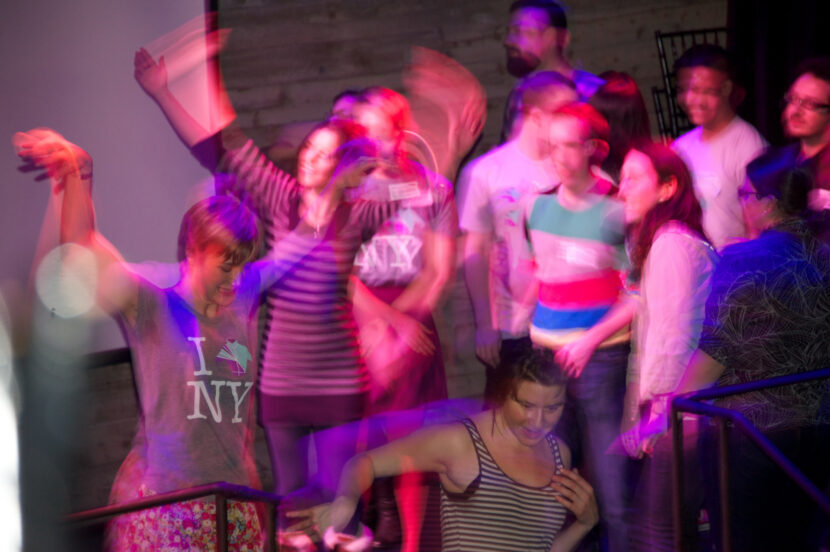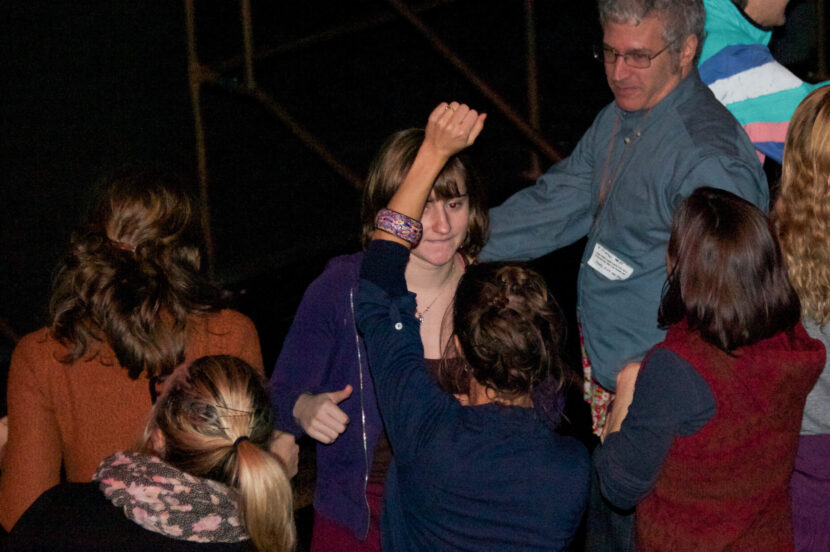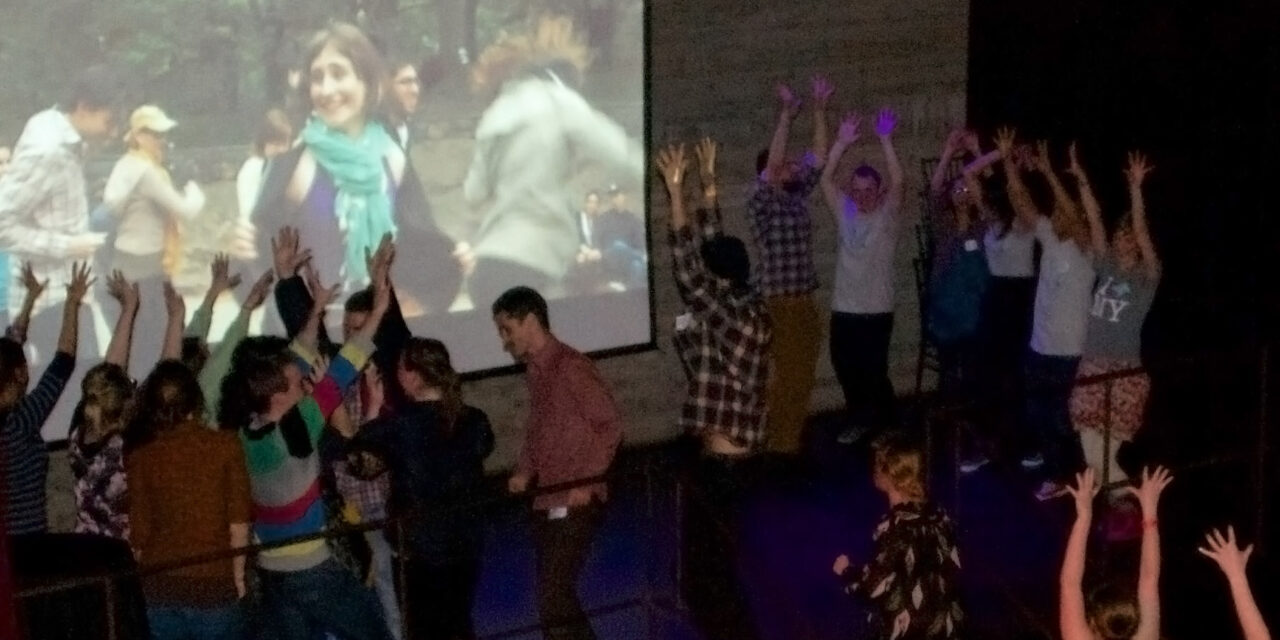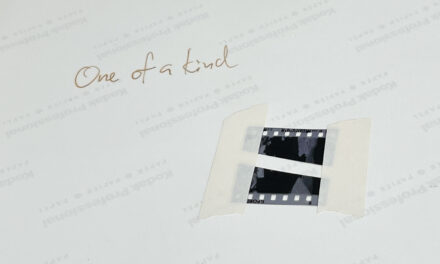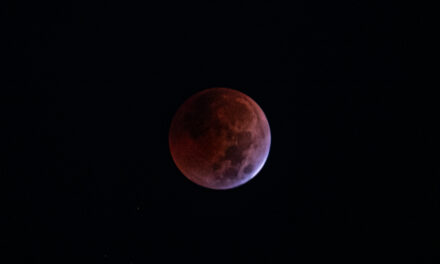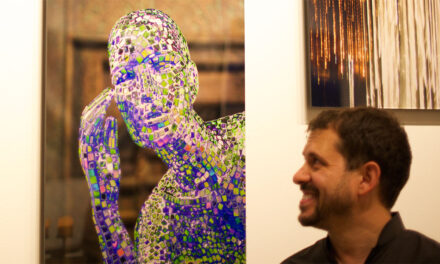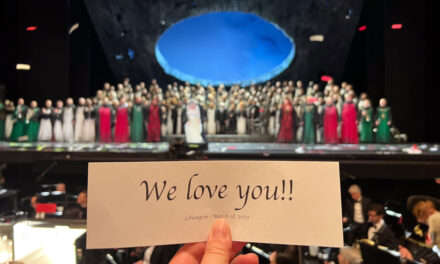This discussion has three parts.
(1) Is it art when DJs release recorded music? What’s a “mashup” anyway?
There are two types of DJs – a “Curation Artist” who organizes playlists, and a “Collage Artist” who actively blends pieces. I would say both are art, but they are different. Each can be done in a sophisticated way, or in a very basic way.
A curator can be subtle and talented, or lazily put together obvious things. Similarly, a collage artist could quickly slap together easy choices… or could select content from a very broad range of sources, and masterfully combine them in a way that creates new content and new meaning.
To me, the idea “new creative work intended to elicit a feeling” is the definition of art. Is DJ music art? Let’s consider an analogy in the physical world:
What if a collage artist cuts an image into a thousand tiny pieces and reconstructs those shards into something so new the components are unrecognizable. I think there can be no argument that this process deserves to be considered “art”. On the other hand, a direct copy without alteration (as a photo of a painting) would usually be considered “not art”. What about a photo of a sculpture, where the lighting or angle or context changes its implied meaning? Perhaps debatable.
So where are the lines between plagiarism, curation, and collage? They can be fuzzy, but to me they relate to how far the end product is from the originals. It’s partly about effort and detail, but also there can be genius in choosing the right two items to marry, if the act of combination is simple in execution. So, as with most types of art, a DJ’s work can be simple or complex, and can be derivative or genius.
Also there’s a Live Performance aspect I’m not mentioning here, which involves a DJ’s ability to read a crowd and inspire mood changes in realtime. But this discussion is about recorded music, made by DJs.
(2) What is “Girl Talk”?
“Girl Talk” is the stage name of DJ Gregg Michael Gillis, who created a 70-minute mashup called “Girl Talk // All Day”. It was made from 372 songs spanning from the 1960s through the album’s 2010 release.
To avoid royalty grievances from any of the artists included in the piece, he released it immediately into the Public Domain (published the album free).
From the entirety of music published over a 50-year period, he chose hundreds of songs across all different music styles, and combined them into one epic collage.
Some DJ music has many rapid transitions, while other artistry might involve a long stretch where two or more pieces of music have been combined in a novel way. “Girl Talk // All Day” opens with the intro to Black Sabbath’s 1970 “War Pigs”, then overlays the chorus to Ludacris’ 2001 “Move, Bitch”. The genius in this, to me, is that those songs are so completely different yet fit together musically. They were released generations apart, and it’s rare to even find a person who appreciates both Black Sabbath and Ludacris.
It’s not just a “one-off”, either. The entire album is like that. I found a chart showing how many different songs he uses at a time. (It’s usually between 2 and 7). To get a sense, try watching a full minute of this chart (from 18:35-19:35). It’s especially clear at 19:20 when the 1980’s synth pop song (T’Pau “Heart & Soul”, 1987) is fully overlaid on top of the rapper (Skee-Lo “I wish”, 1995). Here’s the link: https://youtu.be/pnFisVo40nk?t=1115
A different artist went ahead and found the music video footage for many of the songs used in his mixes, and released this video which covers most of the album. Even if the music is unfamiliar, you can see from the quality of the video footage that the songs are leaping back and forth between many decades. https://youtu.be/dgGMUhM2KdM?t=674
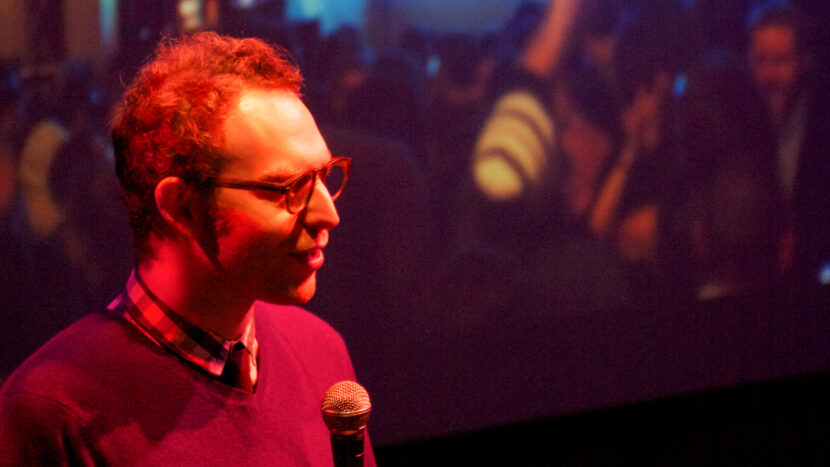
(3) What is Girl Walk?
Right after this album came out, a filmmaker name Jacob Krupnick decided he was sick of freelancing and wanted to do a project of his own. He opened a Kickstarter campaign to raise the money for creating a cinematic dance video for the first few minutes of Girl Talk // All Day.
The campaign was so successful that it raised 10x the goal, which enabled him to fund the creation of an entire feature-length movie: the entire “Girl Talk // All Day” album. He named the movie “Girl Walk // All Day”.
The movie was filmed in New York City. Fun Fact: Most of the people you see around the city were unaware a movie was being made. For most of the scenes the crew had no permits, and the video cameras were small, so the they just went ahead and filmed. The surprised or confused looks from the public are authentic.
Since the Girl Talk // All Day album is “public domain”, the filmmaker did not need to obtain rights or permission — however he was required to release it completely free to the public for the same reason.
The movie won a TON of awards in 2012. There was a glowing review in the NY Times.
You can watch it (in little pieces or all together as a 71-minute film) at: https://girlwalkallday.com
CLICK HERE TO WATCH
It is one of my favorite things. Not only is the movie beautiful, and the music amazing, but the fact that all these different people were able to collaborate without meeting each other… is a testament to the miracles of technology and one of the joys of our modern world.
Also I’ve been deeply moved by the union of different styles of music. When I was younger (and I think still today), many people identify themselves into tribes and music can be an important part of that identity. People who listen to 90’s hip-hop, 80’s synth-pop, or 70s heavy metal, or 18th century classical, tend not to “cross over” all that much.
The Girl Talk // All Day often overlays hit songs from groups that otherwise would never be played together – which I think is both genius and also a powerful statement about togetherness. For a visual person like me, the movie makes it all the more real.
